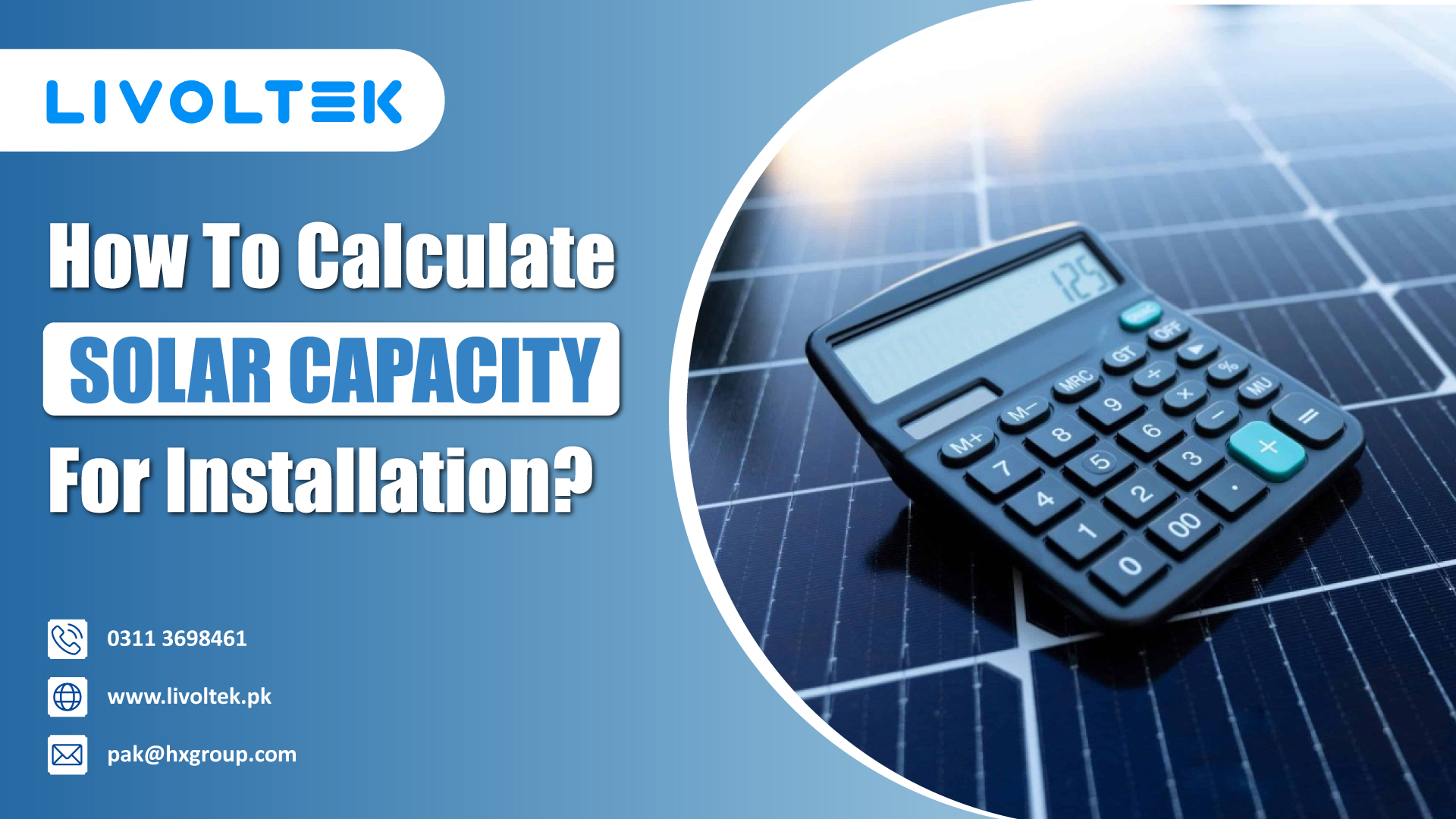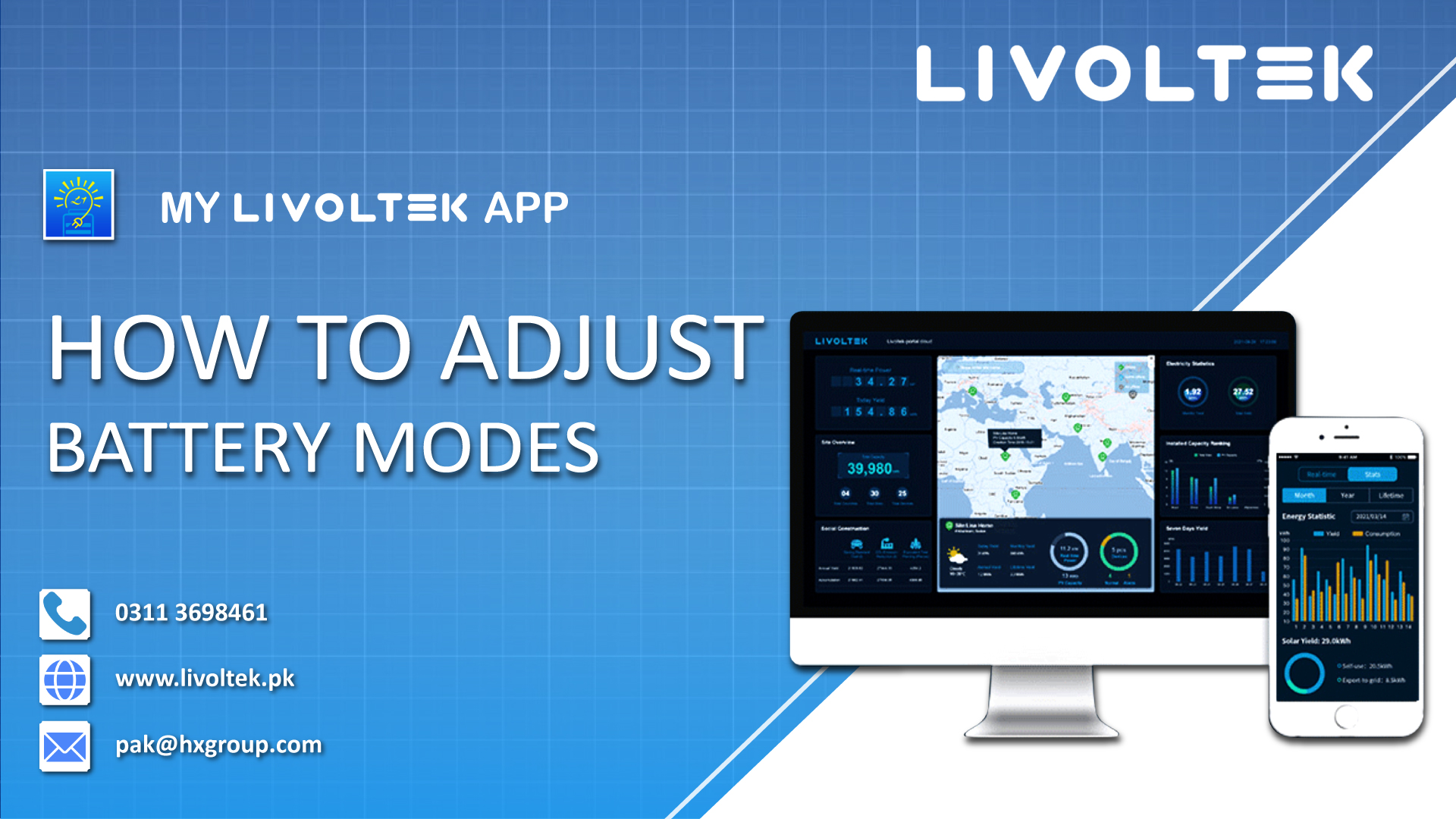Do you want to know how to calculate solar capacity for installation?
Let’s find out!
As the world transforms to renewable power, solar energy has appeared as an optimal solution to reduce the high energy costs and lower the reliance on imported fuels. Rising need for green energy drives residents and businesses to embrace solar installation, use sunlight to energize homes and businesses. Calculating systems, PV panels and inverter capacity is important for installation to know how much capacity systems you need to install to meet your energy demands. Measuring solar system, PV plates and inverter capacity is important to make the successful solar installation, as it assures you to install the appropriate sized system to meet your power requirements and reduces your high electricity bills. This article gives a detailed overview of measuring systems, PV panels and inverter capacity.
Why Is Your Energy Bill So High?
Soaring power bills have become a major issue these days for residents or businesses mainly due to overly unit consumption rates. Every other house and business is equipped with high energy consuming appliances like air conditioners, refrigerator, washing machine, microwaves, water motor and electronic computers, these appliances are the significant cause of increasing electricity bills.
You can measure your energy usage freely from an online electricity calculator. Unit consumption pattern is differ for every household and business and as the consumption rate is high, the cost of energy is automatically up. Understand the electricity tariff plan for unit based charges.
Solar Energy- The Ideal Solution
Embracing sustainable energy is the ideal solution to high electricity bills and solar power has developed as the most suitable option for householders and businesses. This renewable and cost-effective solution uses the sunlight to produce electricity, reduce dependence on the traditional grid, lower the energy bills and carbon footprints. By shifting towards solar energy, residents and business owners can alleviate climate change, improve power security, and enjoy the advantages like low electrical energy cost. Moreover, it increase your property value and require less maintenance. Solar power systems are an ideal solution for a green future.
How To Calculate The Solar System and Inverter Capacity?
To enhance the advantages of solar power, calculating the PV system and inverter capacity accurately is important. This measurement is directly linked to your unit consumption per month. By evaluating your power usage, you can identify the optimal PV and inverter capacity for your energy needs.
For Example
| Daily Unit Consumption | Monthly Unit Consumption | Approximate solar system And Inverter capacity (kW) |
| 12 Units per day | 300 Units per month | 3 kW |
| 19 Units per day | 500 Units per month | 5 kW |
| 33 Units per day | 1000 Units per month | 10 kW |
| 50 Units per day | 1500 Units per month | 15 kW |
| 60 Units per day | 2000 Units per month | 20 kW |
How Many PV Panels Required To Your System?
After you have rightly determined your PV system’s ideal capacity for your home or business, meticulously measure the accurate number of PV plates needed to maximize power generation. This is an important step to ensure a customized and effective solar system design.
How To Calculate The PV Panels Capacity?
Many homeowners and installers want to know how to calculate the solar capacity for installation of PV systems at their places. It’s really simple to find out.
To enhance the solar power generation, calculating the accurate number of PV panels is necessary. Photovoltaic modules are available in various wattage options, catering to your power needs. For example TW, a renowned brand of solar panels, offering superior and quality panels in 585 W and 615 W models.
Formula
Total Watts of solar system / PV Panels Watts = Number of Plates
Let’s measure the how many PV plates are needed if we use 585 solar panels.
Calculation
For 3 kW Solar System |
| Solar system capacity: 3 kW (3000 W)
Solar Plates capacity: 585 W Apply the formula: Total capacity of solar system / PV Panels capacity = Number of Plates 3000 W / 585 = 5-6 plates Thus, a 3 kW solar energy system needs 5 to 6 plates, if the plate capacity is 585. |
For 5 kW Solar System |
| Solar system capacity: 5 kW (5000 W)
Solar Plates capacity: 585 W Apply the formula: Total capacity of solar system / PV Panels capacity = Number of Plates 5000 W / 585 = 8-10 plates Thus, a 5 kW solar energy system needs 8 to 10 plates, if the plate capacity is 585 |
For 10 kW Solar System |
| Solar system capacity: 10 kW (10,000 W)
Solar Plates capacity: 585 W Apply the formula: Total capacity of solar system / PV Panels capacity = Number of Plates 10,000 W / 585 = 17-18 plates Thus, a 10 kW solar energy system needs 17-18 plates, if the plate capacity is 585 |
For 15 kW Solar System |
| Solar system capacity: 15 kW (15,000 W)
Solar Plates capacity: 585 W Apply the formula: Total capacity of solar system / PV Panels capacity = Number of Plates 15,000 W / 585 = 25-27 plates Thus, a 15 kW solar energy system needs 25-27 plates, if the plate capacity is 585 |
For 20 kW Solar System |
| Solar system capacity: 20 kW (20,000 W)
Solar Plates capacity: 585 W Apply the formula: Total capacity of solar system / PV Panels capacity = Number of Plates 20,000 W / 585 = 34-36 plates Thus, a 20 kW solar energy system needs 34-36 plates, if the plate capacity is 585 |
Conclusion
To summarize this, measuring solar energy systems, photovoltaic modules and inverter capacity is very important for your solar installation whether it is a residential or commercial solar system. By knowing your power utilization pattern and unit consumptions, you can specify the optimal renewable energy system capacity to meet your power needs. Through basic formulas, you can measure the required solar energy system and PV plates capacity accurately. Adoption of renewable energy not only lowers the skyrocketed energy bills but also takes a part to make a green future. With the right solar power system design, you can mitigate climate change, enhance energy security and enjoy various advantages. By using the basic formulas you can determine the measurements on your own and design a customized solar system to cater your power demands and start a journey towards power freedom and a sustainable tomorrow.
Also Read: Importance of Solar Energy in Pakistan.



